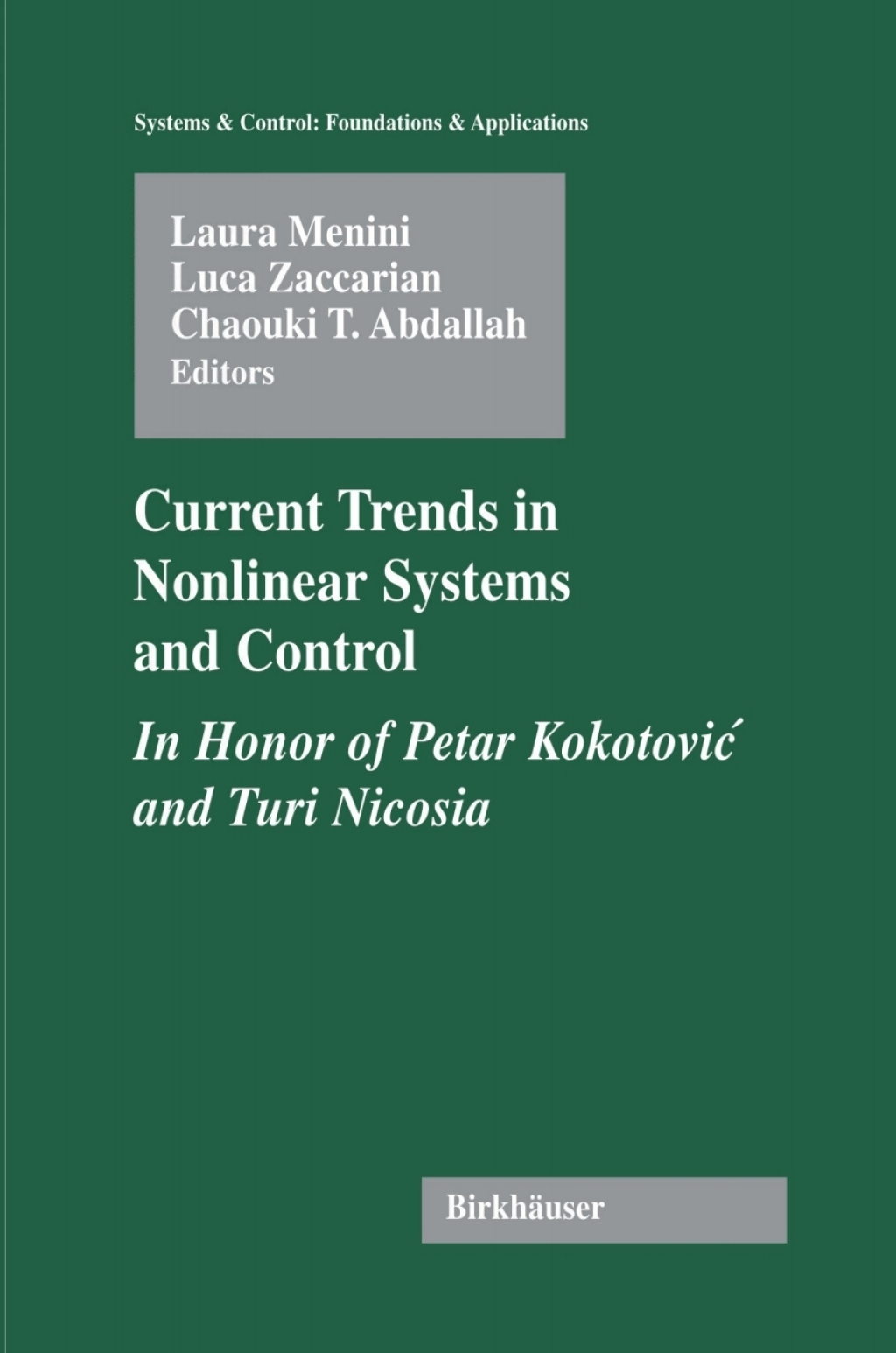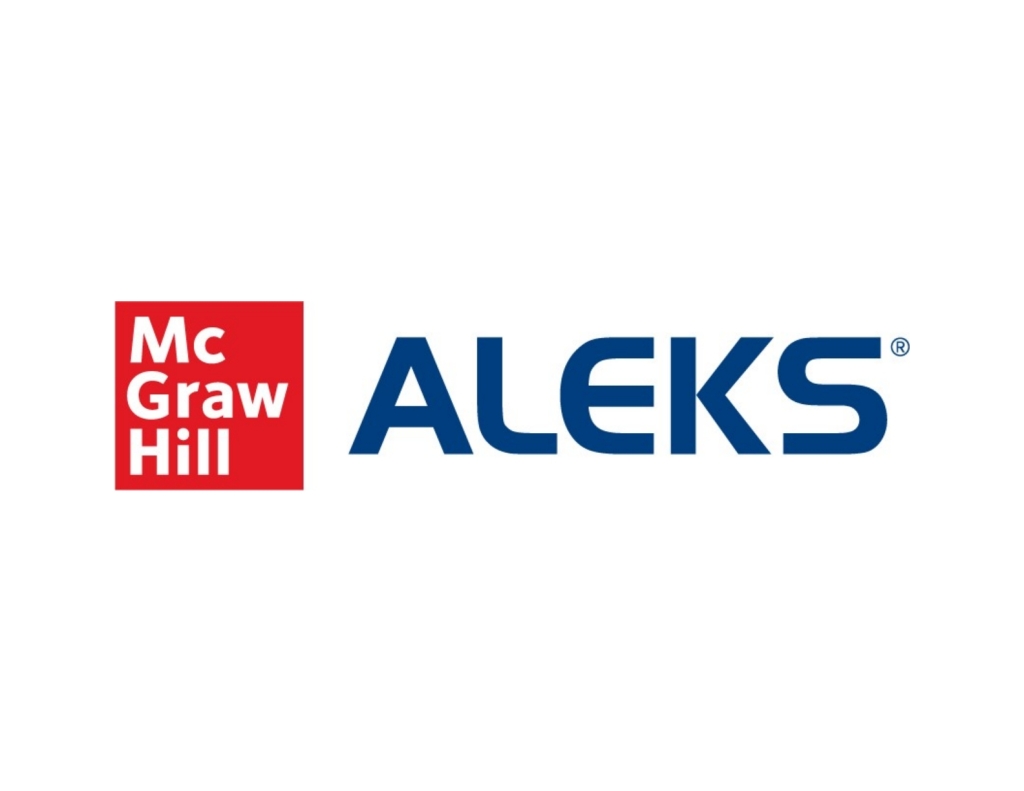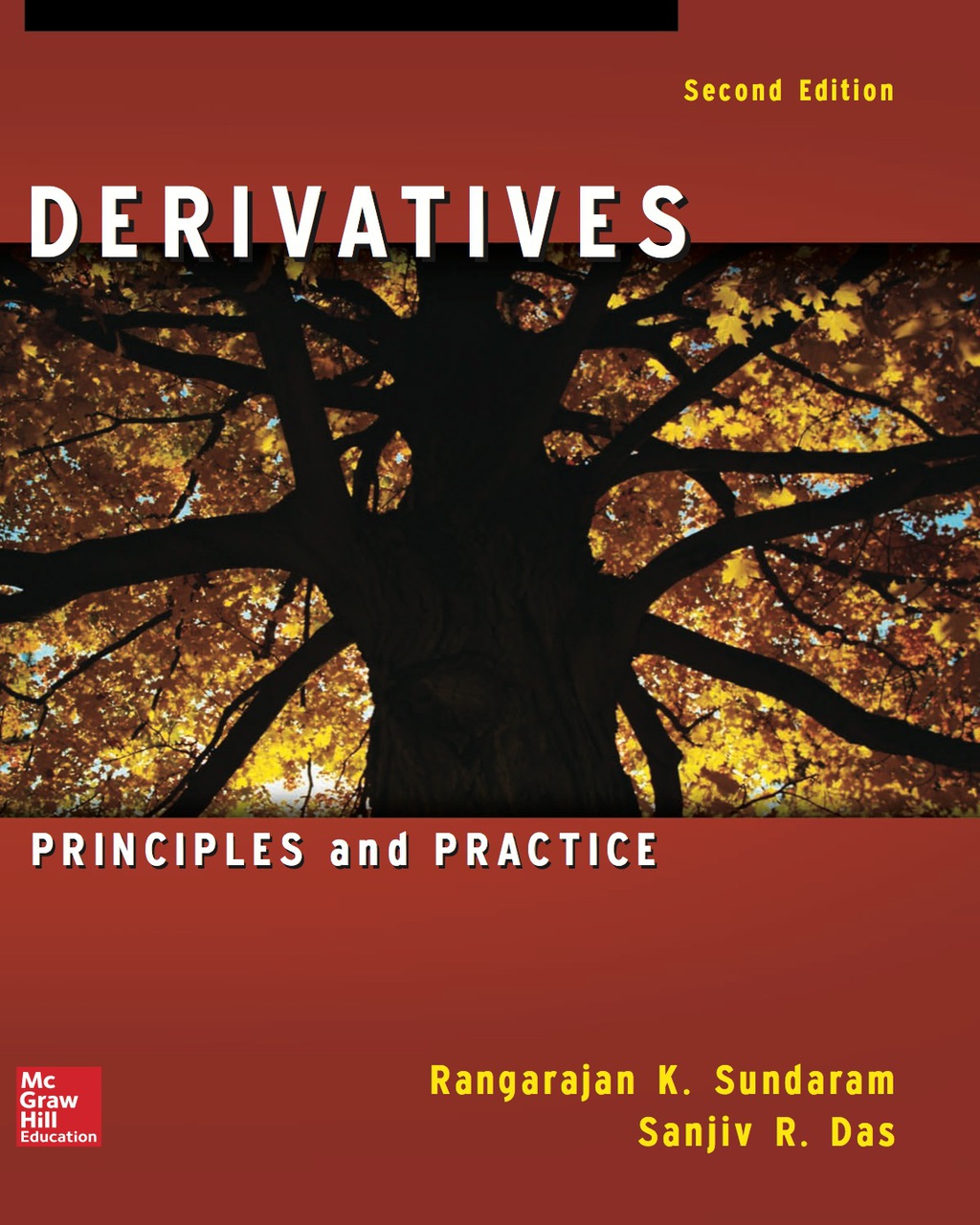Statistics and Analysis of Shapes 1st Edition
Author(s): Hamid Krim; ‚ÄéAnthony Yezzi
Publisher: Birkhäuser
ISBN: 9780817643768
Edition: 1st Edition
$39,99
Delivery: This can be downloaded Immediately after purchasing.
Version: Only PDF Version.
Compatible Devices: Can be read on any device (Kindle, NOOK, Android/IOS devices, Windows, MAC)
Quality: High Quality. No missing contents. Printable
Recommended Software: Check here
Important: No Access Code
Description
Description
Shapes have been among man’s fascinations from thestoneage to thespace age. The scienti?c study of shapes may indeed be traced back to D’Arcy Thompson in his pioneering book On Growth and Form where shape was shown to be dependent on functionality [6]. Numerous de?nitions of a notion of a shape have been proposed in the past, each and every one highlighting aspects relevant to a particular application of interest. The advent of digital imagery, together with the ubiquitous exploitation of its characteristics in a variety of applications, have triggered a renewed and keen interest in further re?ning and possibly unifying the notion ofshape. The present contributed book is, to a large extent, motivated by this upsurge in activity and by the need for an update on recent accomplishments and trends. Theresearchactivityinshapeanalysisisdistinguishedbytwomainschools of thought: — The?rstapproximatesshapesbya?nite-dimensionalrepresentation(a set of landmarks), which is then subjected to various transformations to account for variability and to subsequently derive models. — The second, on the other hand, interprets shapes as closed contours in an in?nite-dimensional space, which, when subjected to transformations, morph into other shapes, thereby yielding a notion of similarity in the space of shapes. 1 Landmark-BasedShapeRepresentation Shapeisaboutscale,orientation,andrelationshipamongtheso-calledchar- teristic points/landmarks of an object-delineating contour. Such information about a data set better de?nes a shape. Equivalently, when such information is taken out of two data sets, the resulting shapes may be compared.










